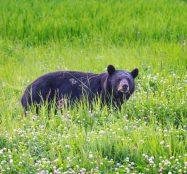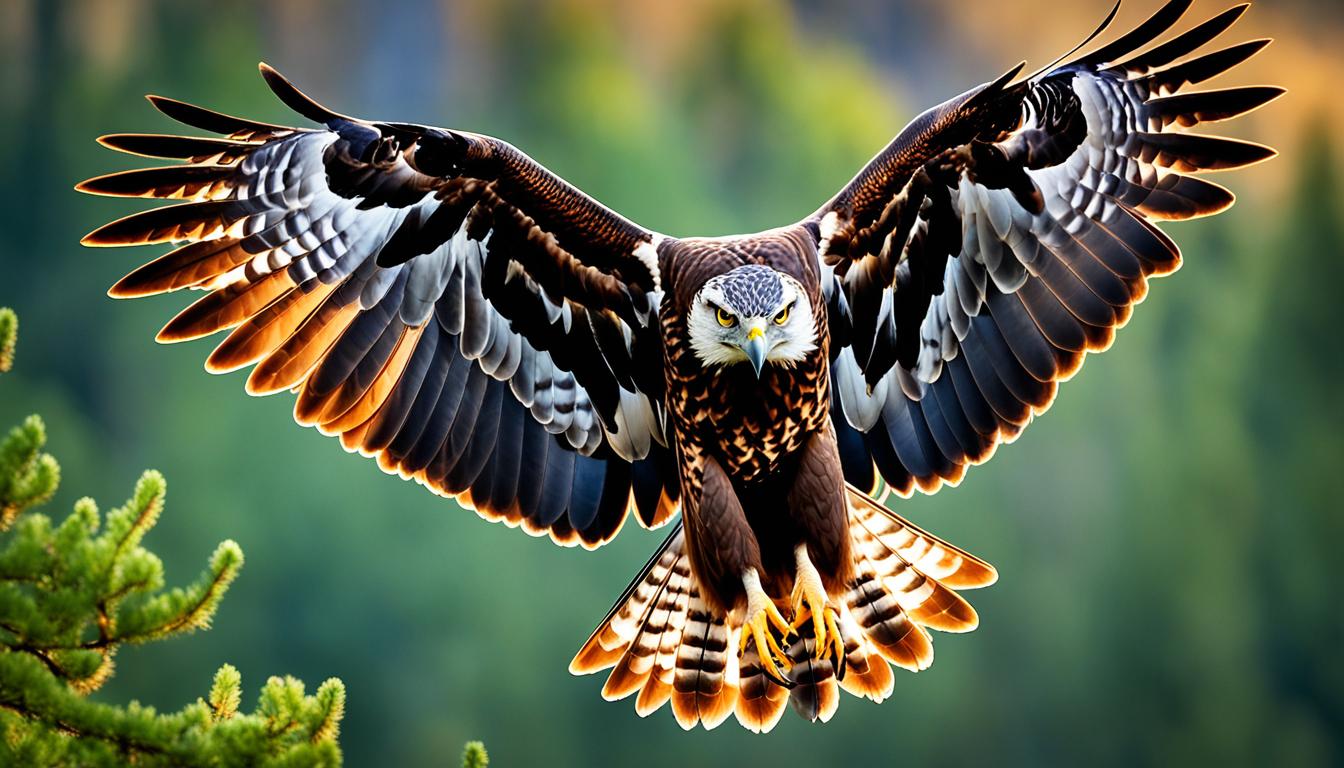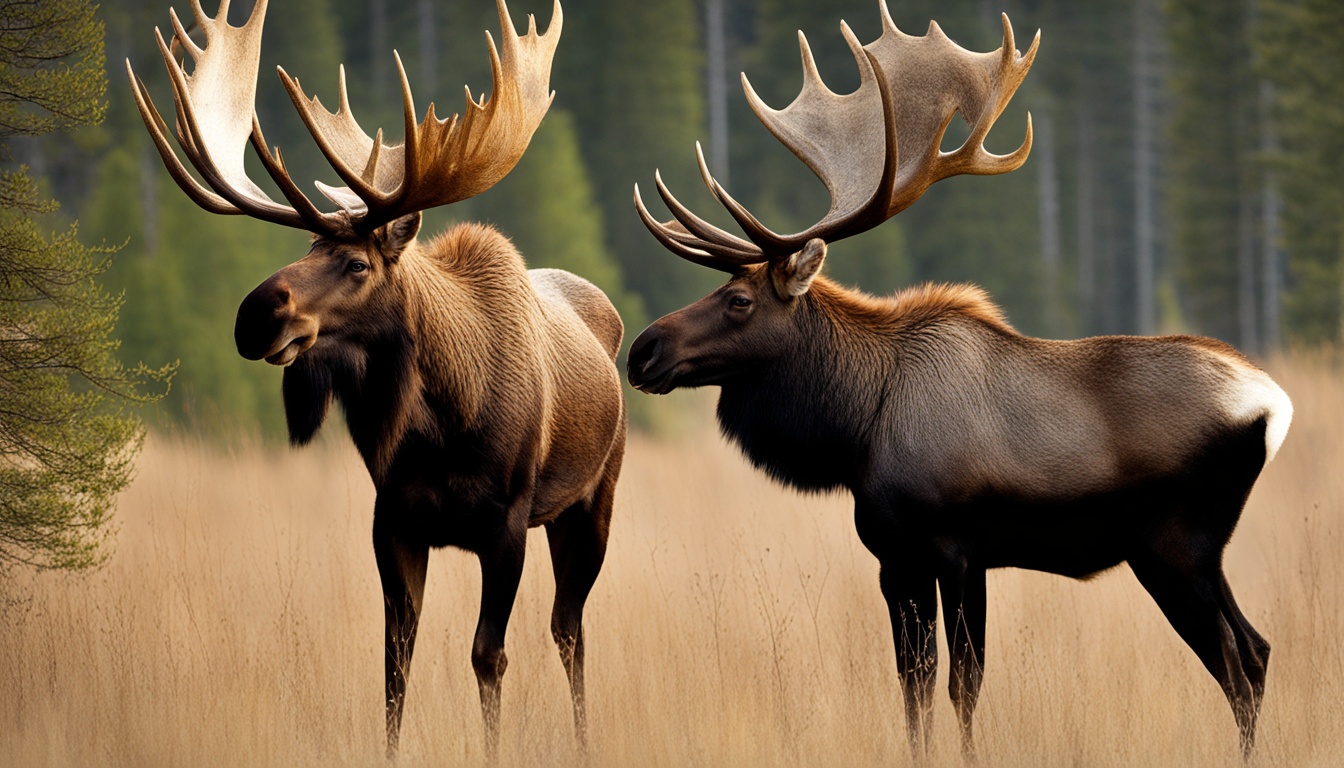The average speed for a bear to run is around 28mph (around 45kph)Depending on which bear you are talking about. Quite a pace considering that is around half the speed of a horse – and they can really pelt it!
How Fast Can A Bear Run?
Other speeding creatures include cheetahs at around 75mph top speed (for about 60 seconds), fastest land mammal for sure, but the pronghorn is next at around 55mph – and can keep this going for miles.
Bears range from Brown Bears and Black Bears at the top end – up to 35mph for a mile or so – to Sloth Bears living up to their name being the slowest:
- Brown Bear: 35mph – 56kph
- Black Bear: 30mph – 48kph
- Spectacled Bear: 30mph – 48kph
- Sun Bear: 30mph – 48kph
- Polar Bear: 25mph – 40kph
- Panda Bear: 25mph – 40kph
- Sloth Bear: 20mph – 32kph
Can A Human Outrun A Bear?

No – but yes. Physically, if a bear set about chasing the average human – there would be nothing in it.
The average human – on the flat – can run about 10ph tops, for a bit. Now imagine this average human has already walked a few dozen miles, with a loaded backpack while walking on uneven ground and they come face-to-face with a giant grizzly. Even if they were the fastest man alive – they aren’t going to clock more than 20mph for more than a few seconds.
A bear can run – easily – at that speed for several miles.
And don’t be fooled by old myths – bears can run just fine downhills. Just because they appear front-heavy – they don’t fall over down slopes, unfortunately. In fact, there are some reports that they can actually run DOWN a hill faster than they can run up it. But before you think that is a great plan – humans can’t run up hills very fast either!
The only way for a human to outrun a bear – is if the bear isn’t really chasing you in the first place.
If you are savvy enough to know how to safely back away from a bear while facing it and talking loudly, you will get yourself a head start. Once you are out of sight and the bear doesn’t feel under threat anymore – you can be on your way and outrun them.
How Far Can A Bear Run?
Depending on what you mean by ‘run’ a bear can keep up a steady forward motion for miles and miles – just like a marathon runner.
If they need to cover great distances for food, safety, or a mate, they can travel in a very determined way for hours and hours – sometimes days. There aren’t many situations where this would be needed – but if you think you are being followed by a bear – don’t assume you can out-scramble it.
We know that they can go for months without really eating, they are strong, can see at night, can swim, and can easily climb trees – so you don’t want to hope they go away. They are like the perfect outdoor survivors. Bears have evolved to live an outstanding life in the mountainous forests they call home – and they are really good at it.
Article: Do All Bears Hibernate? And How Do They Eat?
Can You Outrun A Bear If You Can’t Outrun A Rhino? (With Table)
When it comes to rhino running speeds and outrunning abilities, it’s essential to consider the context. While rhinos can reach impressive speeds of up to 40 miles per hour, bears are more agile and can outrun them. However, both species possess remarkable strength and should be approached with caution. Here is a comparison table of rhino and bear running speeds: Species | Max Running Speed ——————-|—————————- Rhino | Up to 40 mph Bear | Up to 30 mph Remember, attempting to outrun either animal is not recommended. It’s best to stay calm, avoid sudden movements, and slowly and cautiously retreat to safety.
What Would Chase A Bear?
Usually – another bear. Bears try to avoid each other way before they get too close, but if a bear is in another bear’s territory – or they are a mother bear with cubs – they want to get away at the first sign of another bear.
Usually, bears leave signs all around by scent marking, scratching trees, and leaving fresh trails on rocks and boulders. That way other bears can figure out who is where – and when – to avoid fights and chasing. However, sometimes there is no way around it – especially if a new bear wants to move in on another bear’s patch. Or a male is in the mood for a bit of romance when the female is having none of it.
There aren’t really any wild animals out there who would chase off a bear – even though wolves can hound young or injured bears in their pack – and have been known to kill them. But a healthy adult bear wouldn’t even flinch at a wolf pack – in fact, bears often face-off with wolves to steal a recent kill from them.
However, there will be instances where bears caught close to human habitation will learn to run from humans with guns. They know they are on human turf and if they have been chased off a number of times – they know the routine. Like naughty teenagers, the shouting of homeowners and the sound of a rifle will have them scarpering away.










